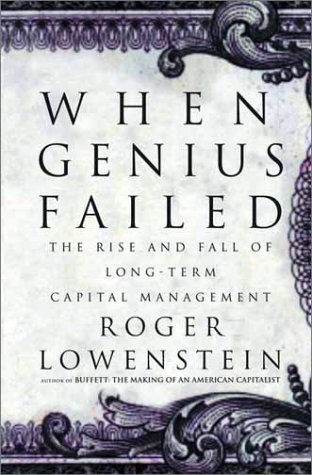As the business relationship grew closer, Long-Term began to push Merrill Lynch for more financing. Leahy, who managed the relationship for Long-Term, would say, “If you want us to trade, you got to give us more balance sheet.” Gradually, Merrill opened the spigot. By 1996, it was providing $6.5 billion of repo financing (roughly equal to Merrill’s total equity) and proportionately more on the derivative side.
Welcome back. Just a moment while we sign you in to your Goodreads account.


